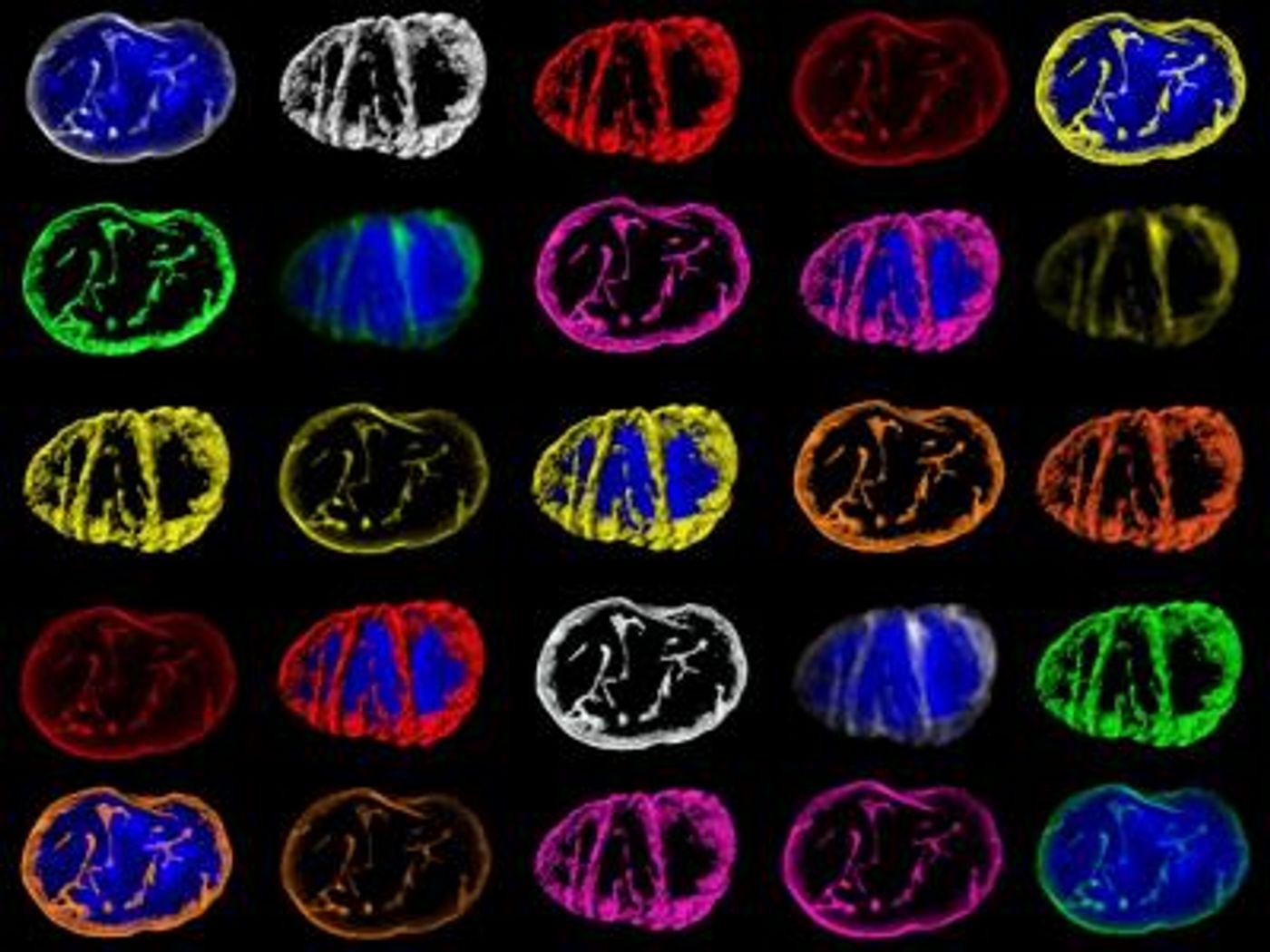In Cells, a Nanotube Network Transmits Signals
To carry out their biological functions, cells have to orchestrate many complex pathways and are thought to do so with signals that move through the cytoplasm. New research suggests, however, that cells contain an underlying nanotube network, like a circuit board, and signals move short distances along a web of tiny wires to instruct cell behaviors. This discovery, which was reported in Nature Communications, could change how scientists think about cell signaling. It may also provide new insights into complex diseases.
This cellular web is like a computer processor, the researchers suggested, in which molecules are sent along small distances to transmit information. These local signals help carry out cellular tasks, which may be basic functions or more specialized, depending on the cell type, like relaxation or contraction in muscle cells. When the signals get to the nucleus, where the genetic material of the cell is contained, they might stimulate last-minute changes in the structure of the genome, which has an impact on gene expression.
If gene expression is altered, it can have a host of downstream effects on other pathways and behaviors in the cell. The growth phase of the cell may be changed, for example, which triggers a total reconfiguration of the cellular web. The network can be rapidly changed to suit the cell’s needs, such as to prepare it for division.
This work is in the arena of quantum biology and was done using high powered microscopes as well as computing tools that are similar to the ones that recently brought us the first image of a black hole. The researchers combined theoretical chemistry and quantum mechanics to reach their conclusions. In this study, they investigated how calcium ions, which are critical signaling molecules, were moving inside of cells.
"We found that cell function is coordinated by a network of nanotubes, similar to the carbon nanotubes you find in a computer microprocessor," said Professor Mark Evans, of the University of Edinburgh's Centre for Discovery Brain Sciences.
"The most striking thing is that this circuit is highly flexible, as this cell-wide web can rapidly reconfigure to deliver different outputs in a manner determined by the information received by and relayed from the nucleus. This is something no man-made microprocessors or circuit boards are yet capable of achieving."
Learn more about signaling in the cell from the video.
Sources: AAAS/Eurekalert! via University of Edinburgh, Nature Communications










